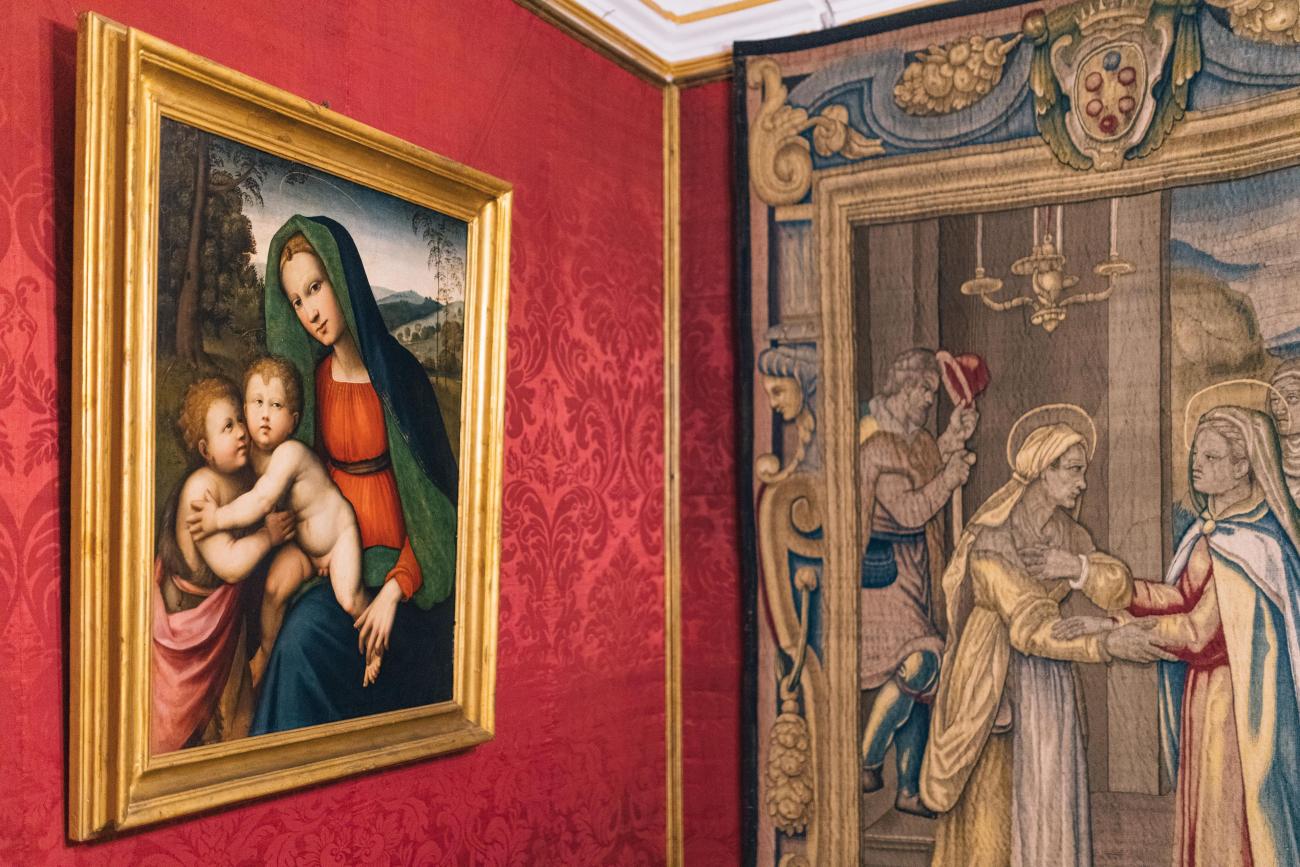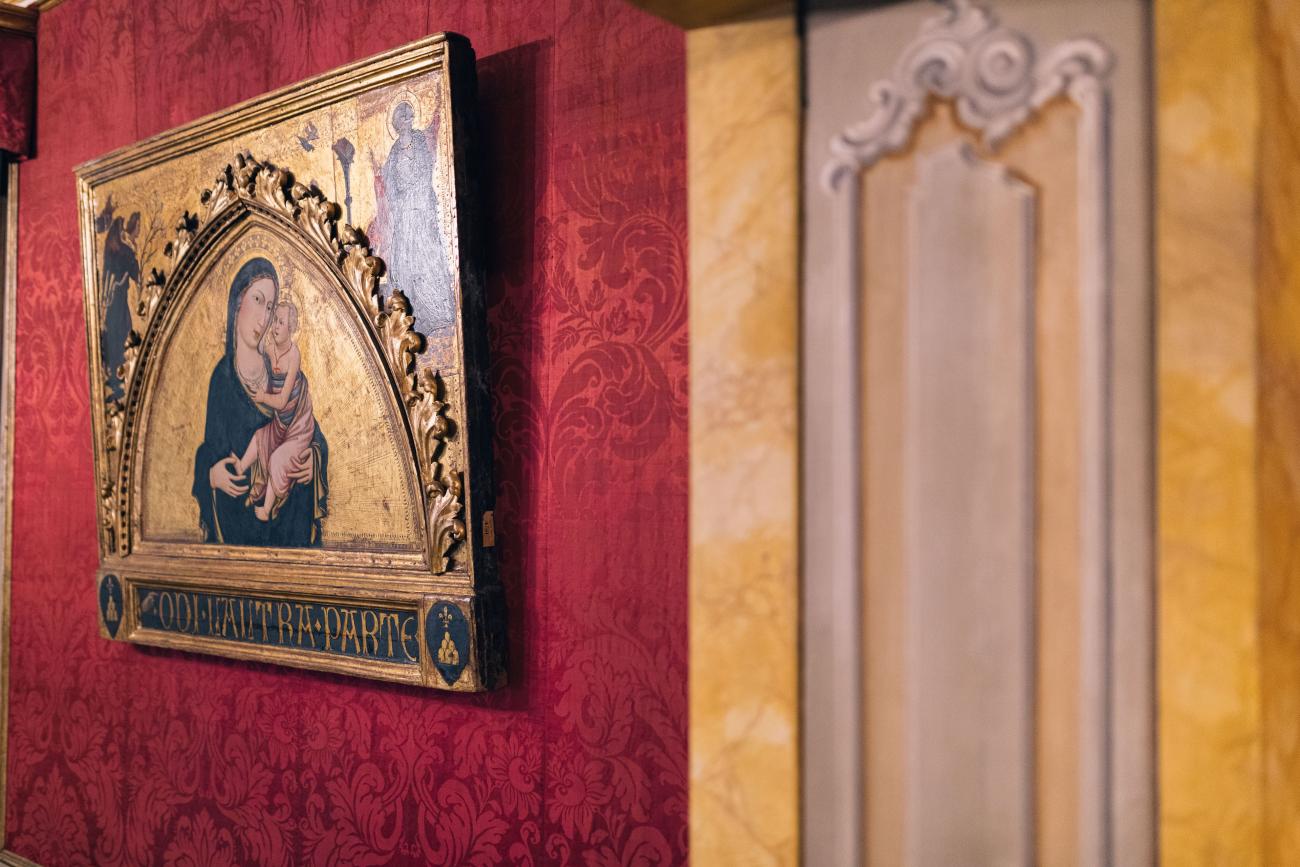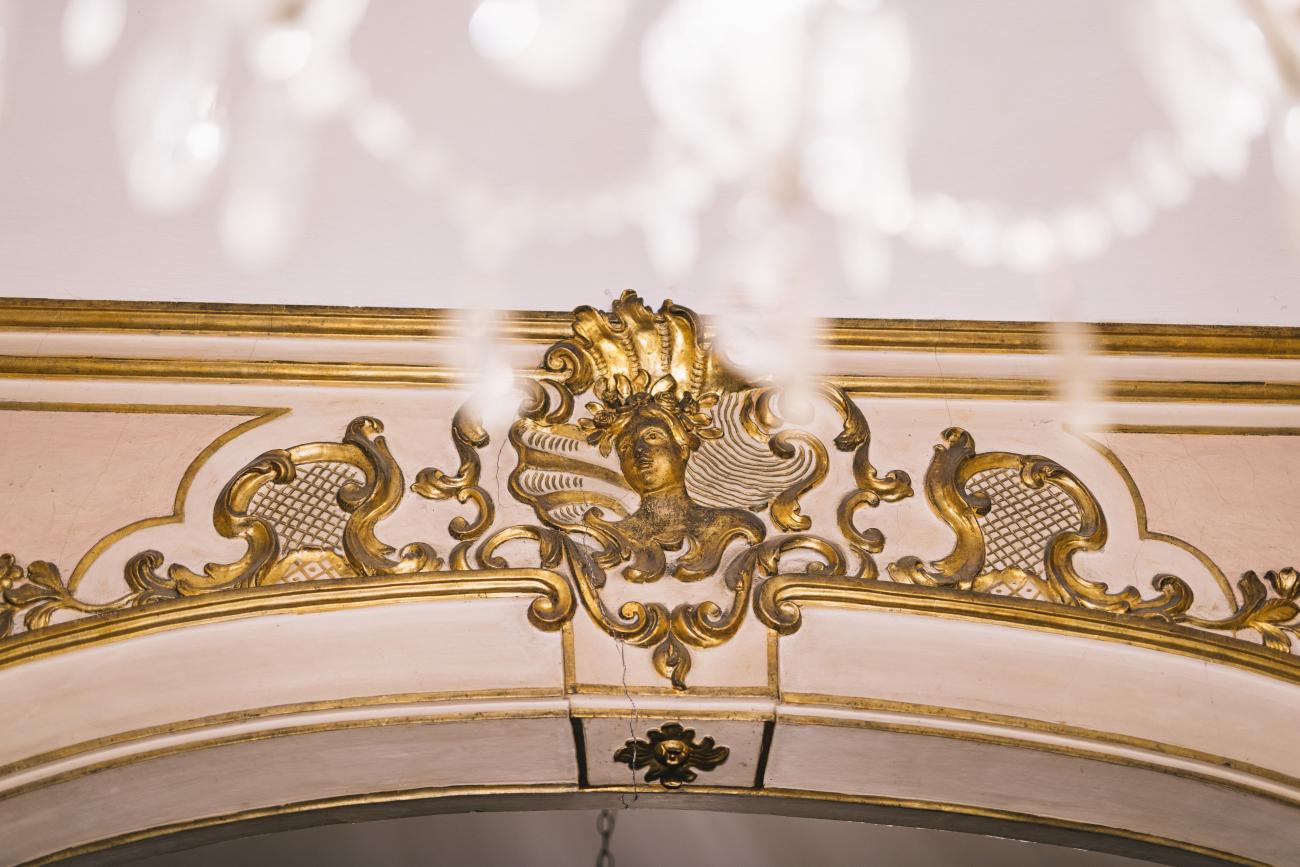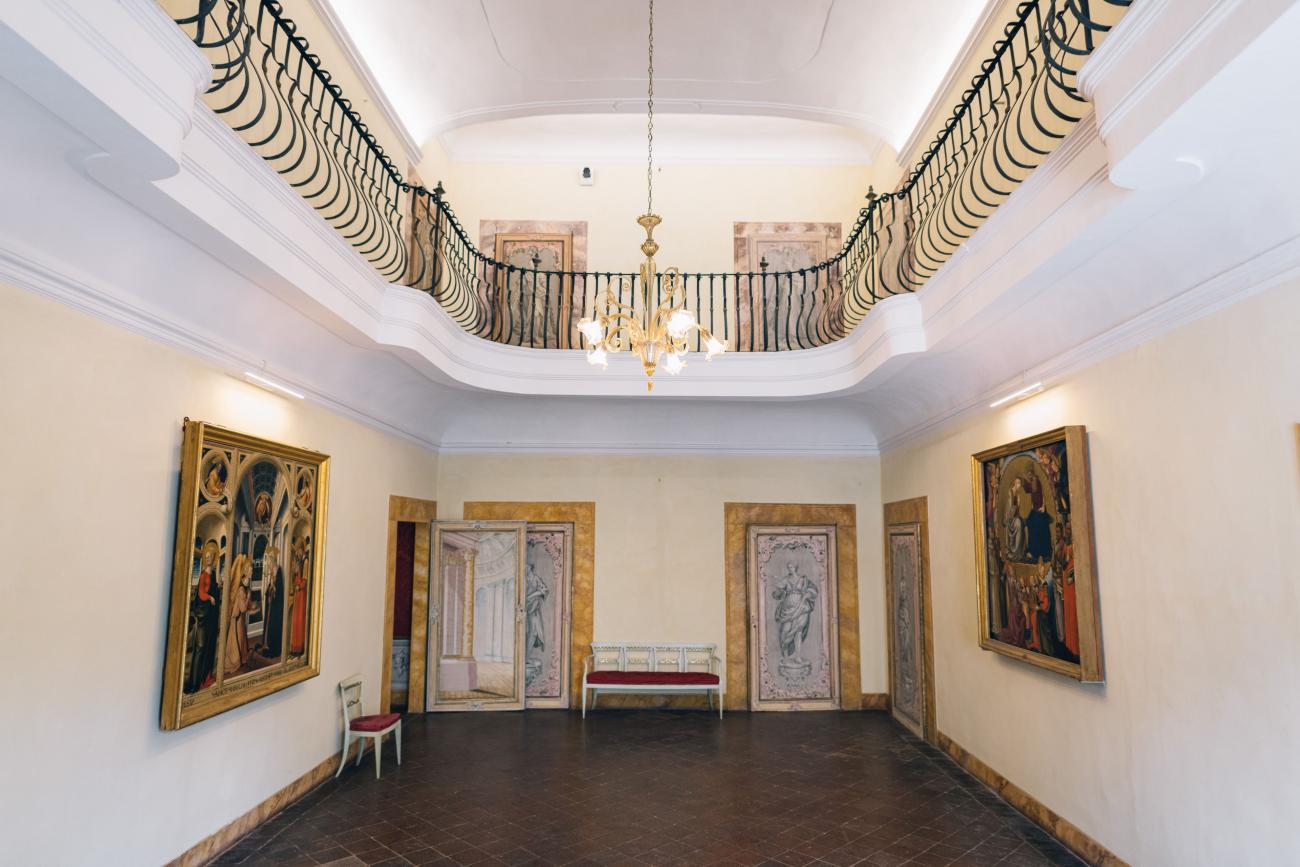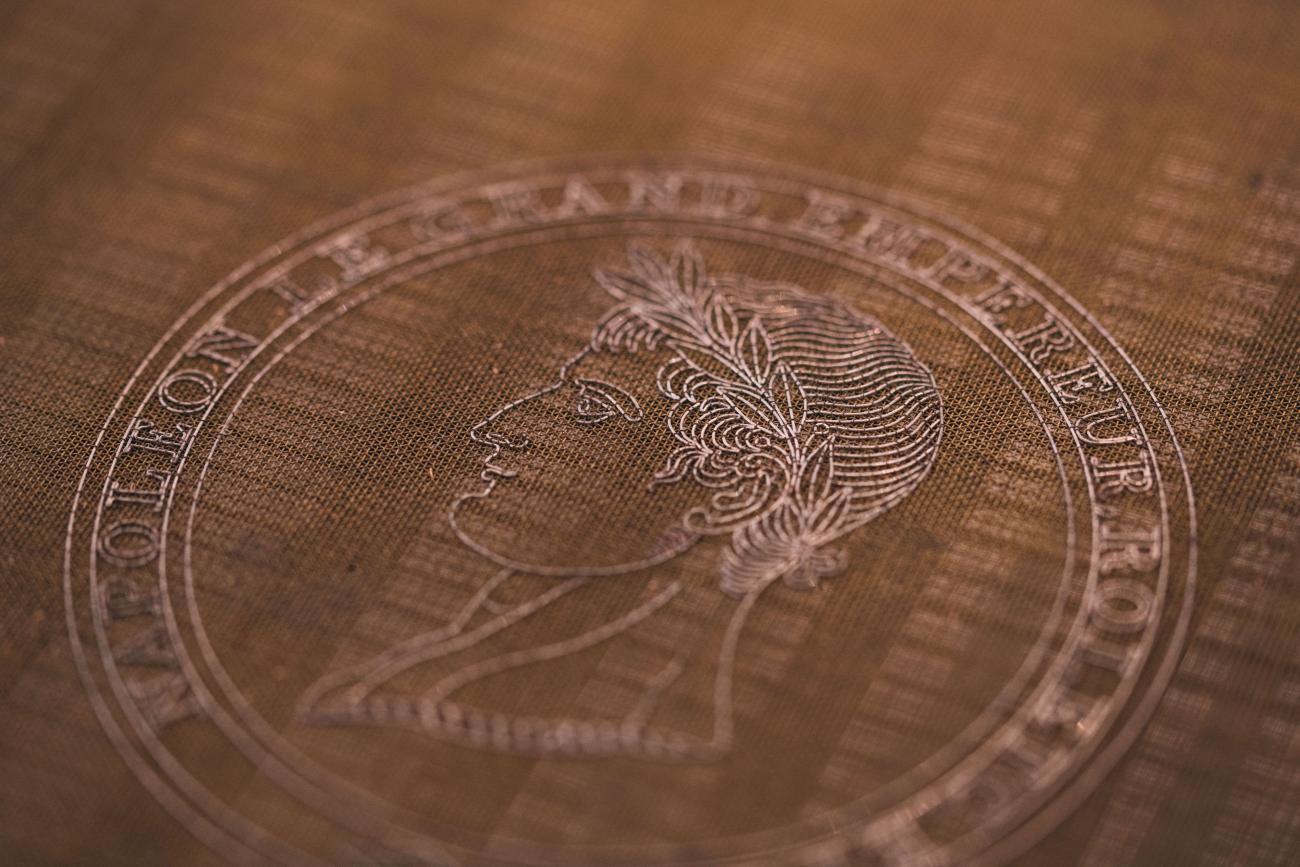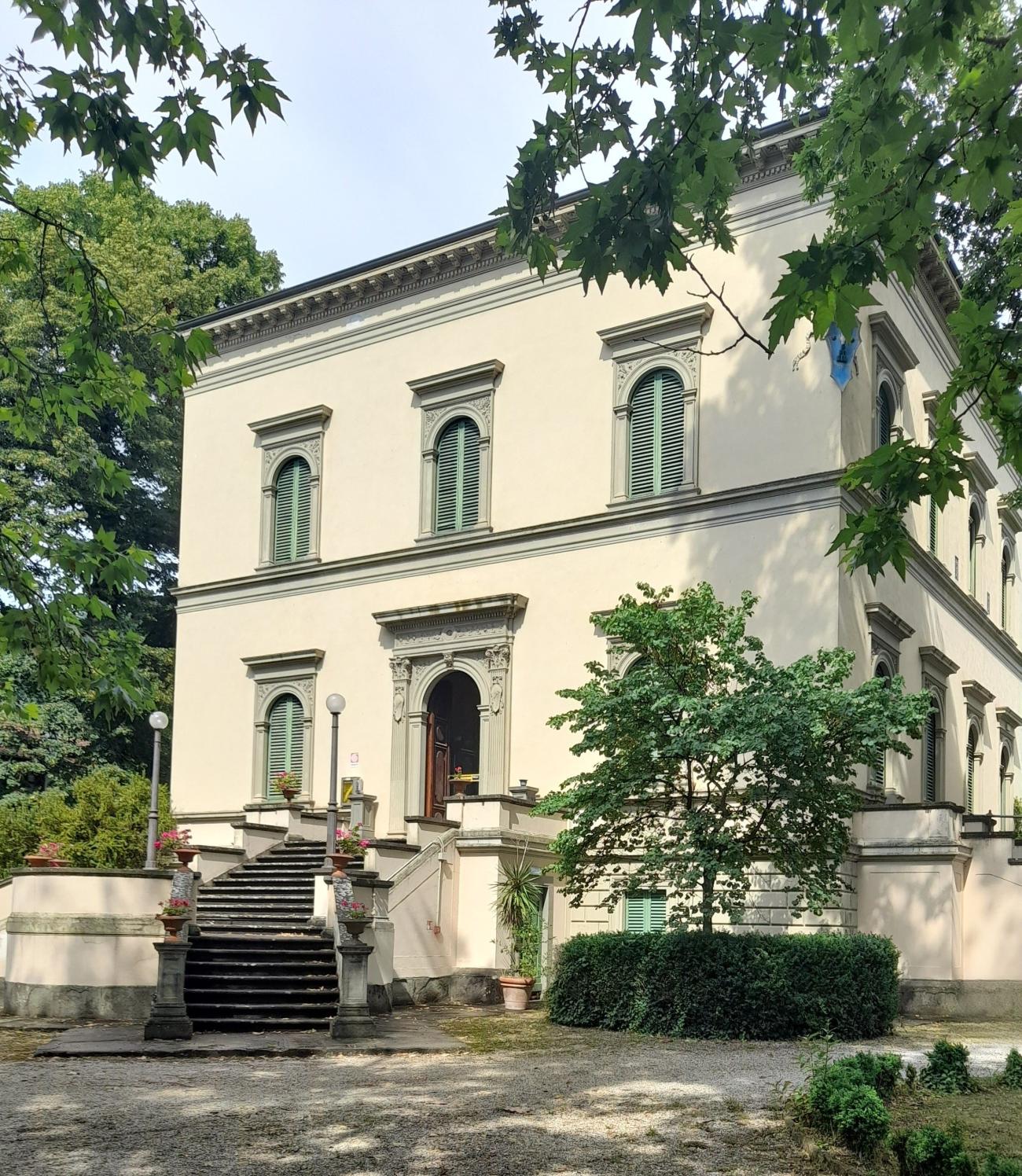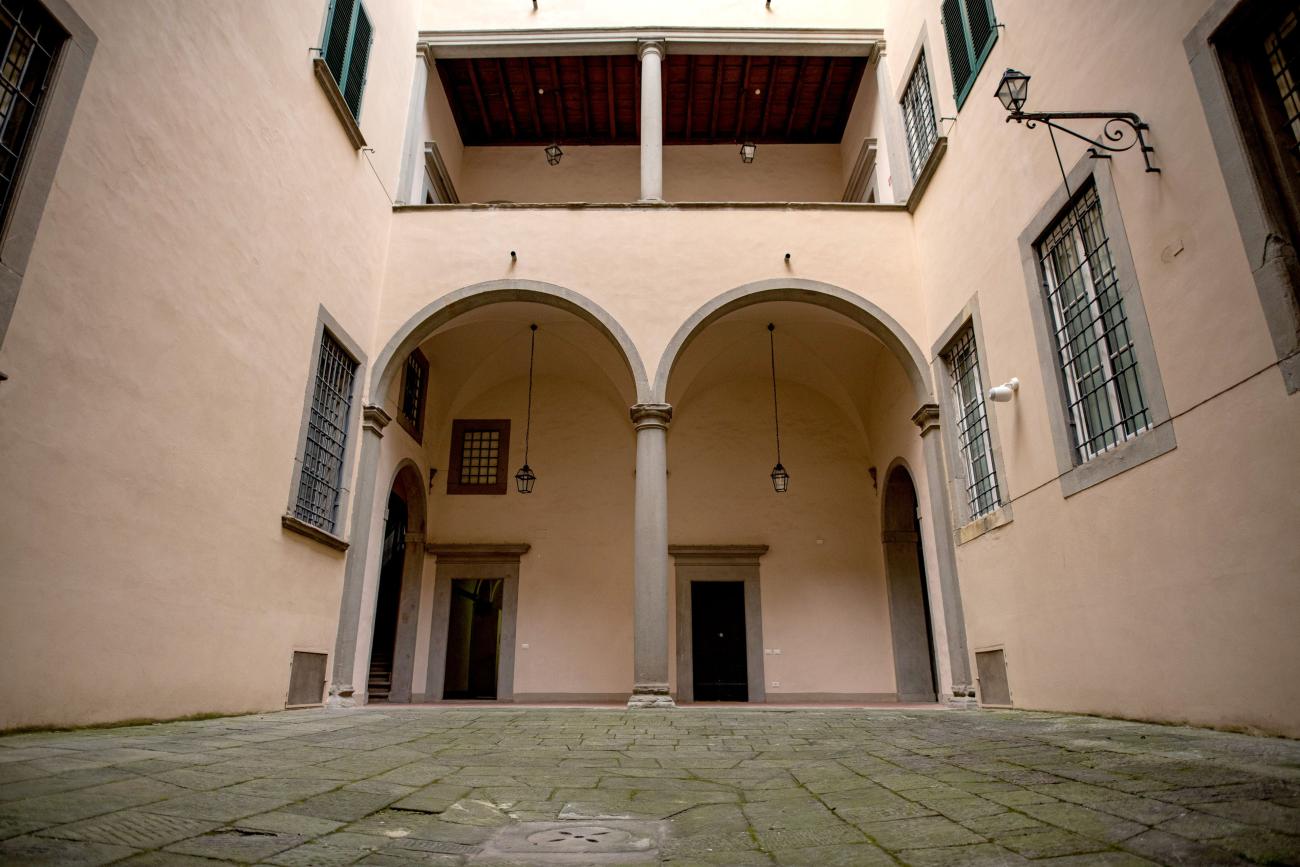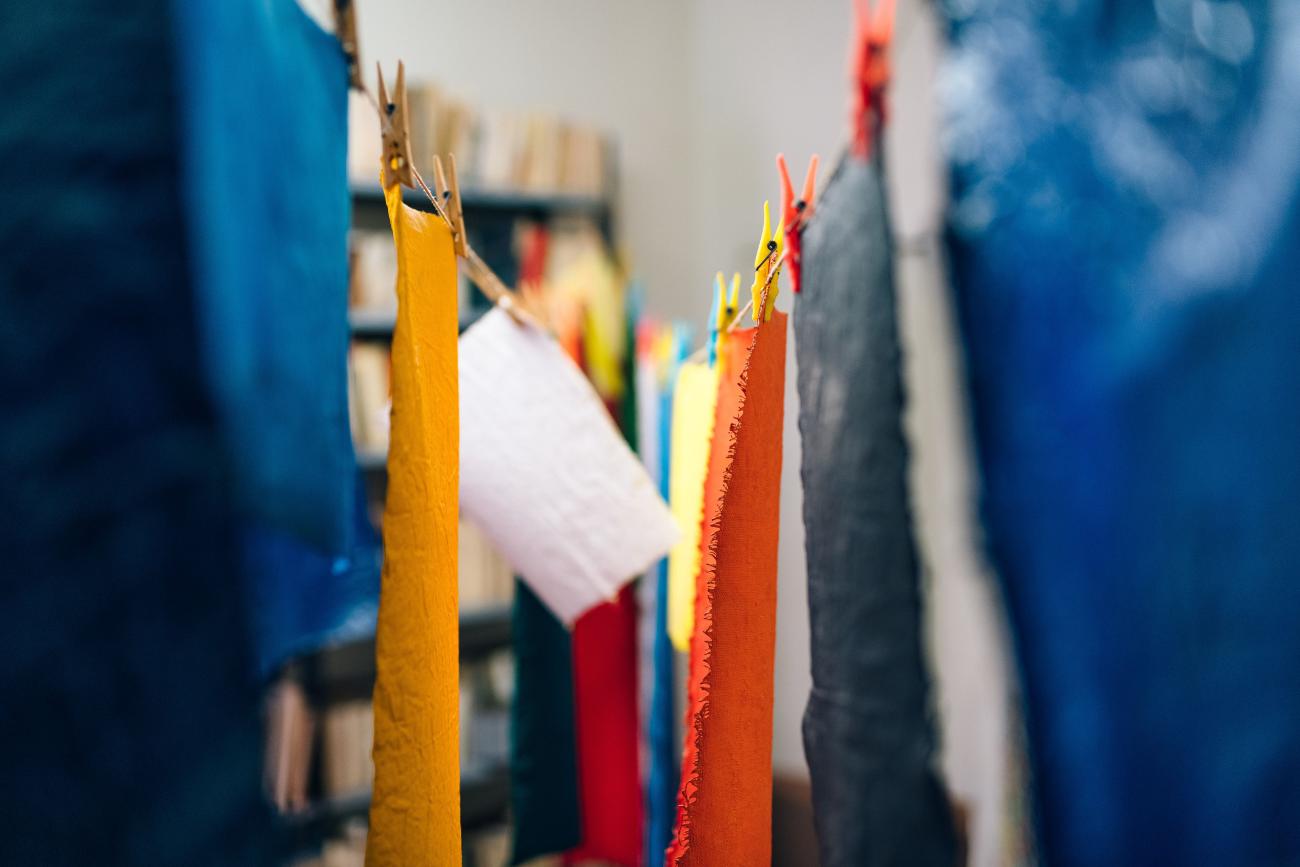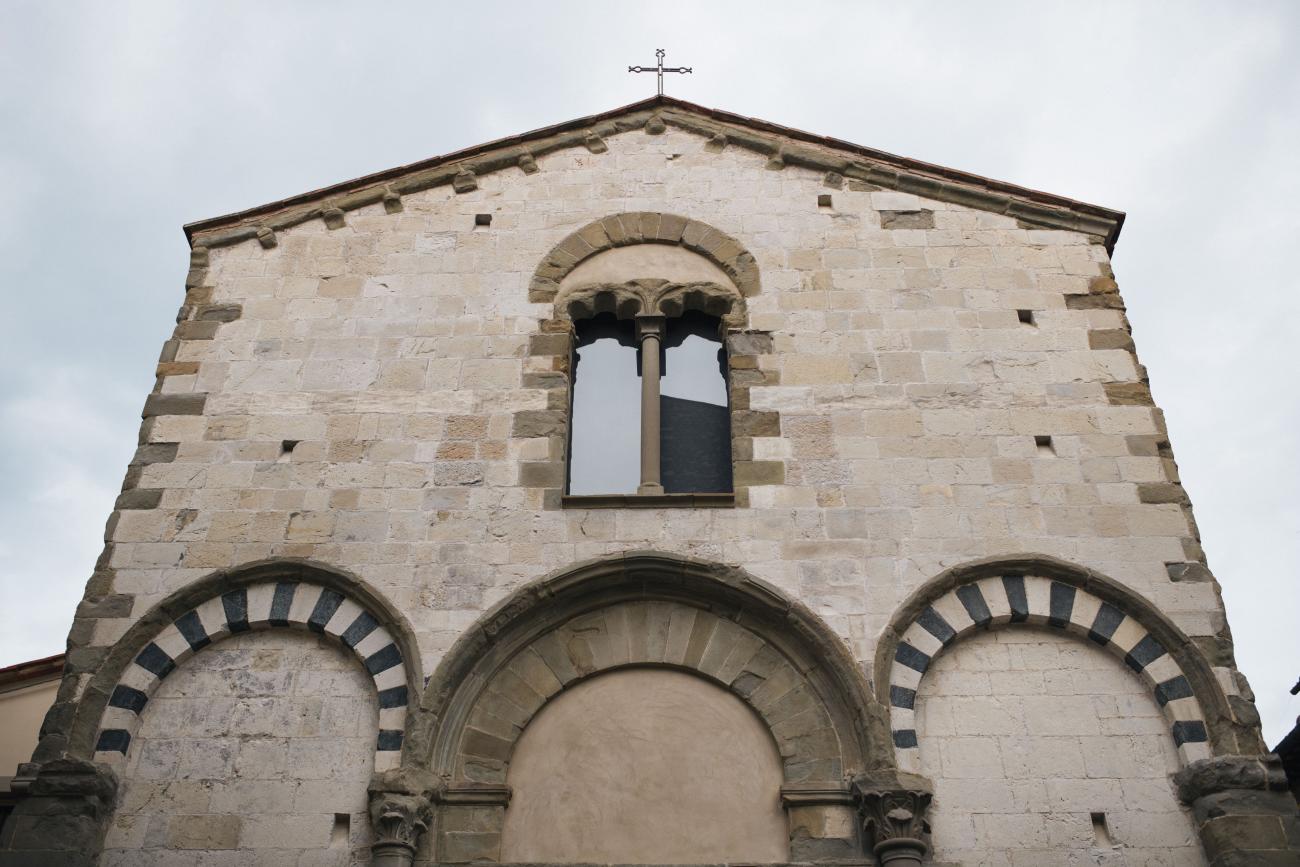
Si deve a Cesare Stiavelli l’idea di raccogliere in un unico luogo «gli oggetti d’arte ignorati o dimenticati nelle chiese e nelle case del Comune», un’idea poi concretizzata dal figlio Carlo. Insieme ai concittadini Luigi Mochi e Giulio Bernardini, architetto di fama, Carlo Stiavelli riuscì a far inaugurare, nel settembre del 1894, un piccolo museo, in alcune stanze di proprietà della Cassa di Risparmio, nel palazzo Magnani. Nell’aprile del 1898, la collezione, accresciuta in pochi anni, venne trasferita nel Palazzo Galeotti per darle uno spazio più ampio, dietro suggerimento di Carlo Stiavelli medesimo. Il Palazzo subì varie trasformazioni negli anni successivi, in conseguenza anche dei gravi danni a cui andò incontro durante la Seconda Guerra Mondiale. Dopo una prolungata chiusura, dovuta a motivi di sicurezza, il Museo è stato riaperto al pubblico il 14 novembre 2020 in piena pandemia, anche per dare un segnale di ripartenza, limitatamente al suo nucleo originario, ossia l’appartamento monumentale. È stato pertanto ripristinato tutto l’ambiente al piano nobile, attraverso una precisa azione di restauro con la supervisione della Soprintendenza fiorentina, procedendo poi alla ricollocazione delle opere più significative: tutti i dipinti degli Uffizi presenti nelle collezioni dai primi anni del Novecento, oltre a dipinti utili a richiamare la connessione del museo di Pescia col suo territorio.
La vicenda novecentesca del museo civico pesciatino è legata alla figura di Leopoldo Galeotti, esponente di punta del liberalismo e portavoce di quel ceto dirigente conosciuto come moderatismo toscano (a cui appartennero Gino Capponi, Cosimo Ridolfi, Francesco Forti), una classe che portò notevoli contributi ai temi dello sviluppo economico del Paese, dell’educazione e delle istituzioni benefiche. Dopo la sua scomparsa senza eredi diretti nel 1884, Leopoldo lascia per disposizione testamentaria tutti i suoi possedimenti all’Opera Pia appositamente costituita, affidandole un ruolo non marginale per il progresso della comunità cittadina. Ed è in questo senso che, dal 1898, palazzo Galeotti ha accolto, oltre agli uffici dell’Opera Pia, il museo civico e la biblioteca comunale.
Con la Gipsoteca Libero Andreotti, il Museo Civico Galeotti compone la rete Musei Civici di Pescia.
Piazza Santo Stefano 2
51017 Pescia PT
Italia
